La Tía Chena
6234 ft
12.4 mi
12 hrs
8596 ft
La Tía Chena
Sierra de Minas Viejas, Mina
6234 ft
12.4 mi
12 hrs
8596 ft
Journey to the summit of the famous Tia Chena. This hike is one of the most demanding in Nuevo León, but also one of the most beautiful.
individual.warnings.plural
individual.sections.difficulty
individual.sections.whatToBring
For those who enjoy climbing hills in shorts and short sleeves, it's important to keep in mind that Tia Chena is not the right mountain for this outfit. Sun exposure on this route requires you to cover yourself from head to toe. Wear cool colors and clothing that, preferably, offers protection against UV rays, plus a hat or hat to protect your head. Although it is not necessary to wear specific pants against thorns, avoid wearing fabrics that break easily. The idea is to keep you as cool as possible without compromising protection against vegetation. Also, don't forget to wear a neck buff to protect you from the sun, sunglasses and sunscreen to ensure you're well protected under Aunt Chena's intense sun.
individual.sections.howToGetThere
individual.sections.location
The start of this tour is approximately 1:20 hours from the city of Monterrey. To get there, take the Monterrey-Monclova road. Shortly after the municipal seat, there will be an exit to the hill. When you approach the location on Google Maps, you have to slow down so as not to pass the exit.
individual.sections.parking
There is actually no “parking” for this summit. Due to how rare the ascents to this hill are, to start climbing you have to leave your car on the side of the road and walk towards the foothills of the hill. BE CAREFUL, they have told us about instances in which they break car windows and steal radios/tires. What we recommend is that they go in a van (preferably tall) to follow a dirt road and approach the hill. Here the cars will be out of sight of those who pass by on the road. Once on the dirt road you can park wherever you like so as not to get in the way. It will come to a point where the stretch of dirt road ends and there is a small esplanade with bricks imitating a parking space.
individual.sections.costsAndSchedule
It has no cost
individual.sections.routeTrace
Difficult. This path is still very virgin since not many people make this ascent. There are some orange strips scattered along the climb, but sometimes you can lose sight of the next ribbon and then this is where everyone's orientation skills come in. It is mandatory to have studied the ascent before trying to climb and have a downloaded map/GPS.
individual.sections.howIsThePath
individual.sections.physicalLevel
individual.sections.technicalLevel
individual.sections.solarExposure
individual.labels.altitude 2620 msnm
individual.labels.elevation 1900 m
According to our difficulty classification metric, this hill receives a level 10 in physical difficulty. The slope to reach the summit of the famous Tía Chena is about 2000 meters, making this hill one of the most difficult single-day routes in the state. You should only attempt to climb this summit if you already have extensive experience climbing hills with a considerable slope. The road is not very well marked, has a lot of loose stones and/or is mostly unstable. This type of path is not difficult to follow, but it requires a lot of technical skill so as not to tire the body throughout the day. You have to know how to be efficient with ascents and descents to avoid cluttering the body due to wear and tear. This means that even if you are in a very good condition, if your body is not used to climbing hills, certain muscles that you don't usually work can wear out too much.


